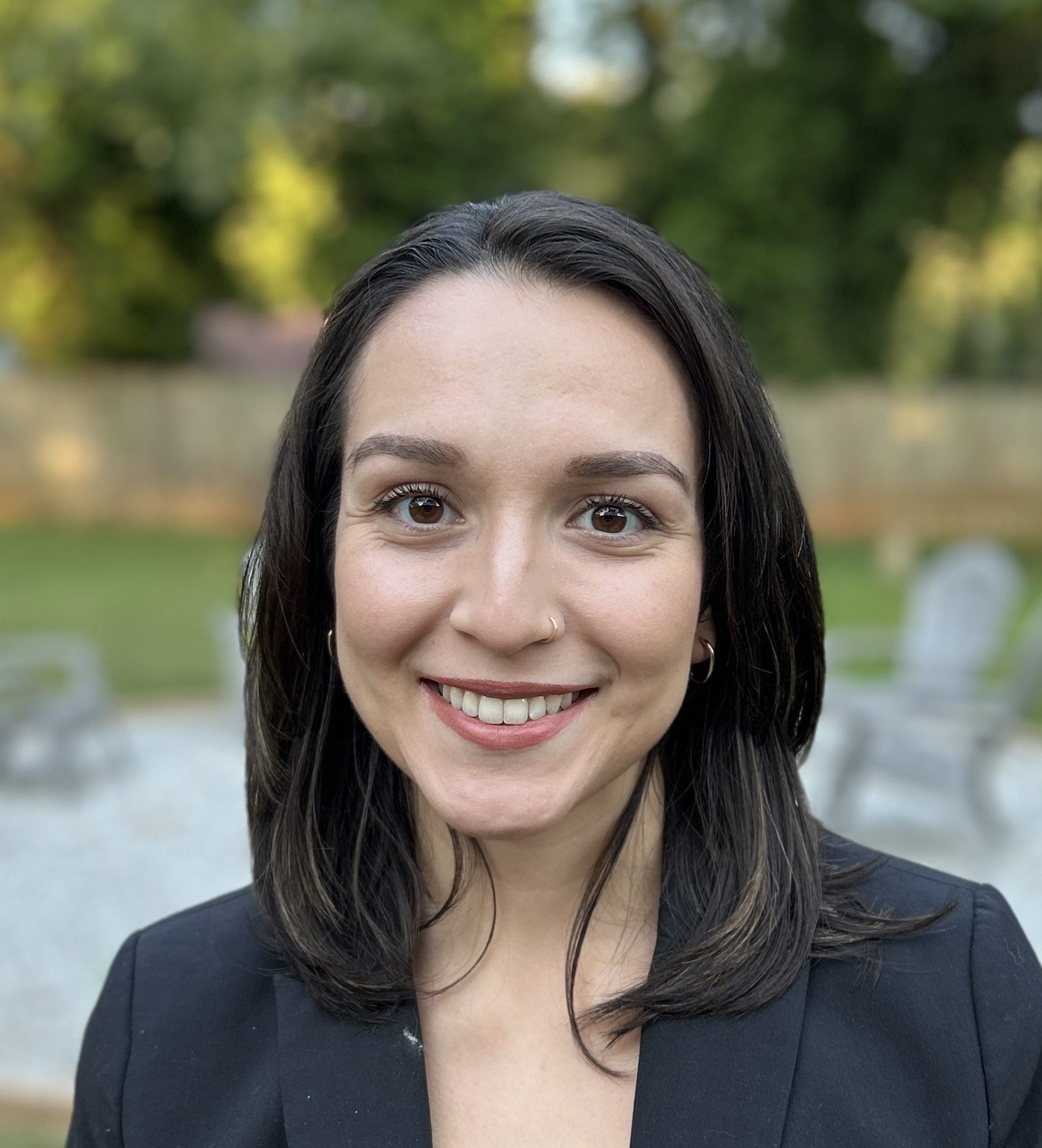Department of Public Health Sciences professor Sarah Floyd, Ph.D., is embarking on a three-year journey to develop a better model for identifying and classifying shoulder fractures that occur most commonly in elderly populations.
Her research project is one of four that were recently funded as part of the second phase of South Carolina Translational Research Improving Musculoskeletal Health (SC TRIMH), a National Institutes of Health (NIH) Center of Biomedical Research Excellence (COBRE). Over the course of three years, Floyd will receive $623,274 supporting her research.
Funded by the NIH and National Institute of General Medical Sciences, the SC TRIMH COBRE is dedicated to enhancing and expanding the biomedical research capacity at Clemson University and in the state of South Carolina to promote outstanding multidisciplinary, collaborative and translational research in musculoskeletal and related diseases.
The main purpose of Floyd’s project is to develop and validate deep-learning computational models capable of identifying proximal humerus fracture (PHF) features using X-ray images. PHFs can lead to pain and poor shoulder function, plus short- and long-term disability for patients.
Individuals experiencing proximal humerus fractures face unique challenges, as these breaks often look different and vary in complexity. Unlike the management of other major joint fractures, the initial treatment choice for PHFs is highly debated and dependent on the fracture characteristics.
The project team hopes that with the development of the deep learning model, any doctor across the country who encounters a PHF will be able to diagnose the fracture as accurately as an expert orthopedic surgeon. Floyd said this is particularly important as patients often visit the emergency department for their initial diagnosis, and not all patients have equal access to orthopedic specialists.
“Fracture classification systems are outdated, incomplete, incorrectly applied and suffer from poor interobserver reliability,” Floyd said. “The absence of a universally accepted, standardized fracture classification system is a critical barrier in the development of treatment effectiveness evidence for proximal humerus fractures.”
She is working with Hudson Smith, director of applied machine learning at Clemson; Dr. Kyle Jeray, the chair of the Department of Orthopedic Surgery at Prisma Health; Xia Jing, Ph.D., associate professor in the Department of Public Health Sciences; Maria Cordero Romero, a graduate student from the Department of Public Health Sciences, and a graduate student from the College of Engineering, Computing and Applied Sciences.





Once the model is developed and tested, the next step is to integrate it into clinical care. Floyd believes this model will help clinicians efficiently initiate evidence-based treatment by being able to identify the fracture patterns sooner, which will improve the safety and quality of care for orthopedic patients.
The Department of Public Health Sciences is a part of the College of Behavioral, Social and Health Sciences, a 21st-century land-grant college joining together a unique combination of schools and departments: Communication, Nursing, Parks, Recreation and Tourism Management, Political Science, Psychology, Public Health Sciences and Sociology, Anthropology and Criminal Justice. These areas have distinctive characteristics and missions – all joined together by a common thread of service to people and communities.







